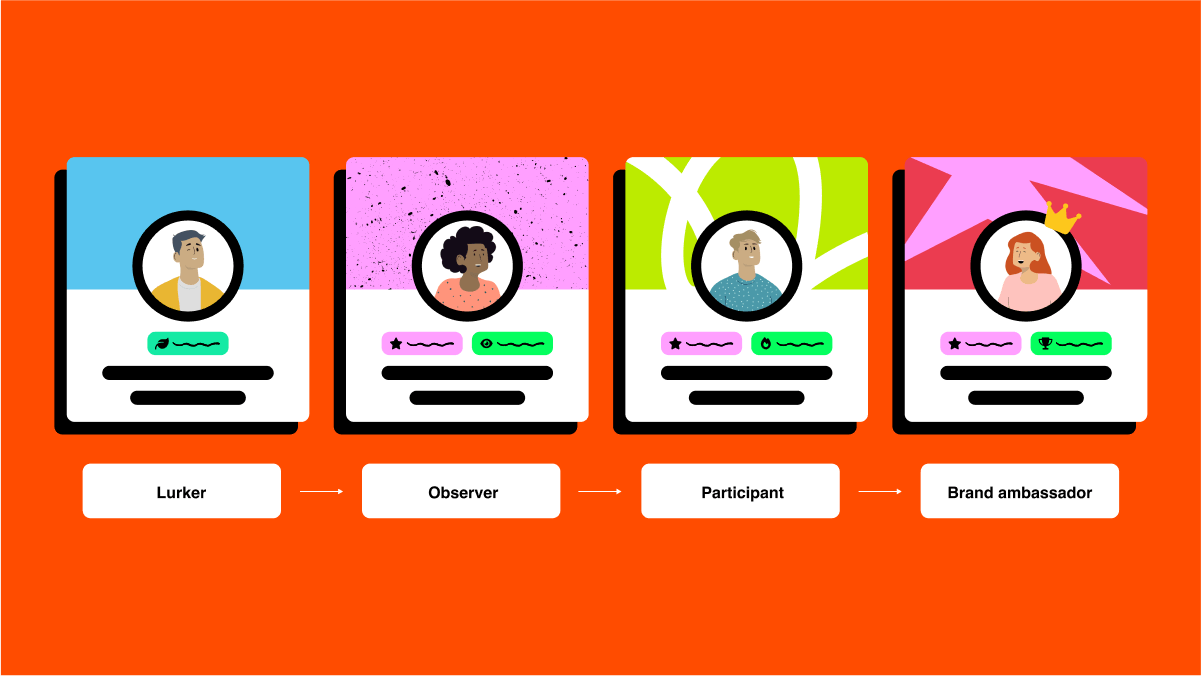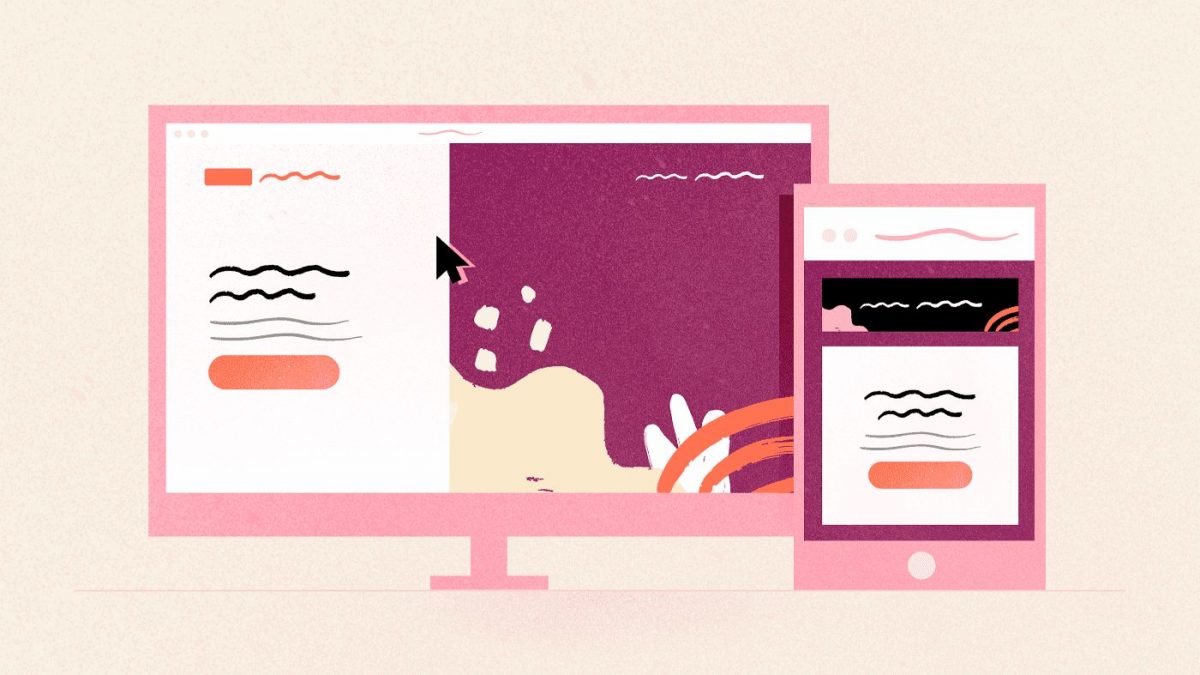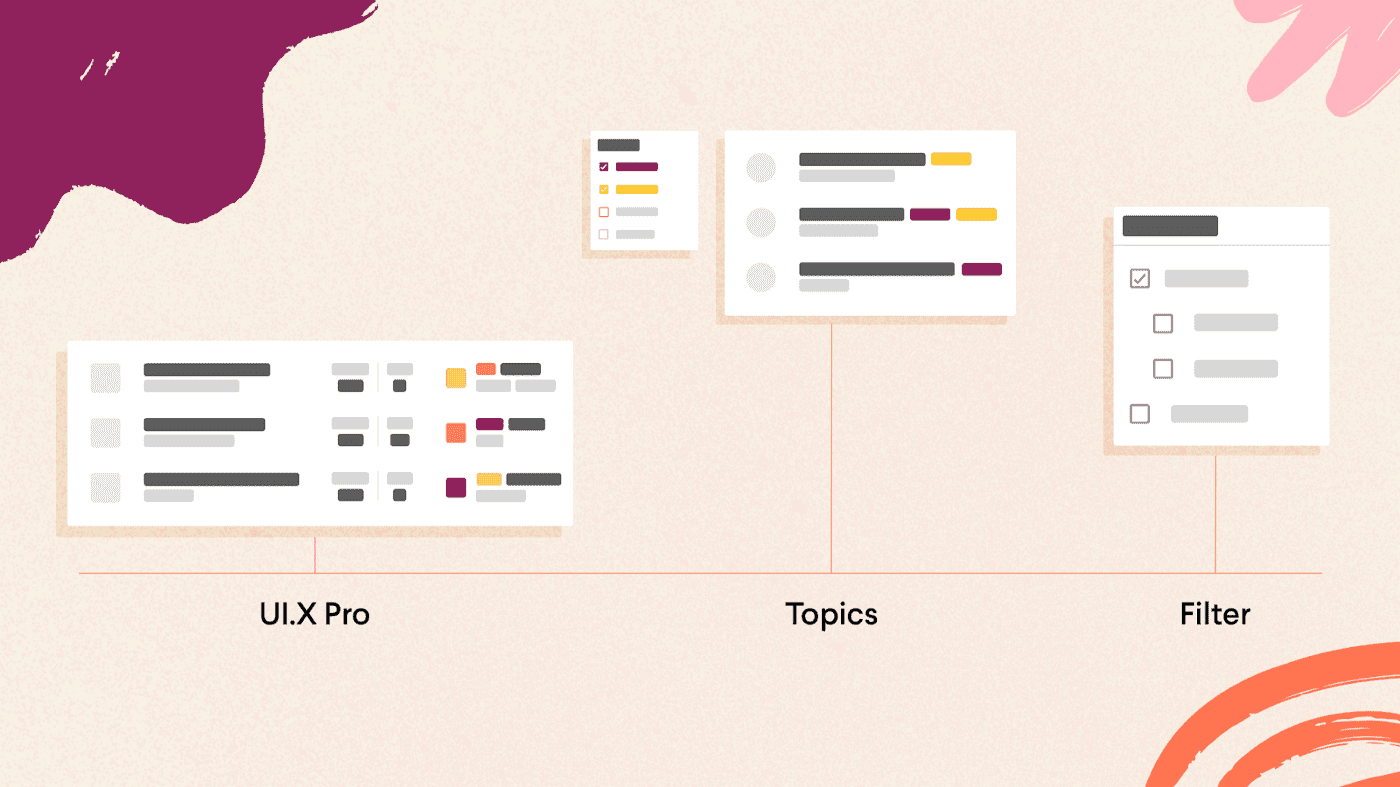Share This Article
Most brands approach marketing funnels the same way: awareness, consideration, conversion. Check the boxes, move to the next stage, rinse and repeat.
But community marketing doesn’t work that way.
In community marketing, you’re not just moving people through a funnel: you’re transforming silent observers into passionate advocates who actively champion your brand. And that transformation happens through a completely different process than traditional marketing.
We’ve helped dozens of companies build communities from the ground up, and we’ve seen the same pattern over and over: every successful community member goes through five distinct stages on their journey from lurker to brand ambassador. Understanding these stages (and optimizing for each one) is the difference between building a community that just exists and one that drives real business growth.

Stage 1: The Lurker (Awareness)
Who they are: The silent majority. They’ve joined your community, but they’re not participating yet. They’re reading, learning, and getting a feel for your brand without engaging.
What they’re thinking: “I’m curious about this brand, but I’m not ready to jump in yet.”
What they’re doing:
- Joining the community but staying quiet
- Reading posts and discussions without commenting
- Downloading free resources
- Observing community culture and norms
Your goal: Make them feel welcome and provide immediate value without any pressure to participate.
What you can do:
- Create welcome messages that set clear expectations
- Share valuable content that solves immediate problems
- Showcase community wins and member success stories
- Use polls and low pressure engagement opportunities
- Keep your community guidelines clear and welcoming
What to measure: Time spent in community, content consumption, return visits

Stage 2: The Observer (Interest)
Who they are: Members who are actively consuming content and starting to show interest through likes, reactions, or the occasional comment.
What they’re thinking: “This community seems valuable, and I’m starting to see how this brand could help me.”
What they’re doing:
- Reacting to posts with likes or emojis
- Saving or bookmarking valuable content
- Asking basic questions in designated areas
- Sharing content outside the community occasionally
- Following specific discussion threads
Your goal: Encourage their first meaningful interaction and help them find their place in the community.
What you can do:
- Respond quickly and thoughtfully to their first comments
- Create “beginner friendly” discussion threads
- Tag them in relevant conversations
- Offer exclusive content for active members
- Use gamification elements like badges or points
What to measure: First comment/post, engagement rate, time between visits
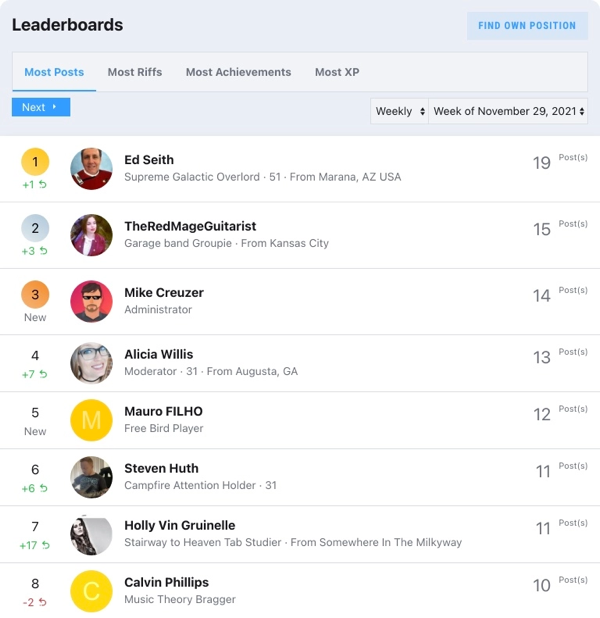
Stage 3: The Participant (Consideration)
Who they are: Active community members who regularly engage in discussions, ask questions, and contribute to conversations.
What they’re thinking: “I’m getting real value from this community, and I trust this brand to solve my problems.”
What they’re doing:
- Posting questions and participating in discussions
- Sharing their own experiences and insights
- Helping answer other members’ questions
- Attending community events or webinars
- Trying your products or services
Your goal: Deepen their engagement and showcase your product’s value through community interaction.
What you can do:
- Highlight their contributions and celebrate their wins
- Invite them to exclusive events or beta programs
- Create opportunities for them to showcase expertise
- Connect them with other similar members
- Provide personalized recommendations and support
What to measure: Posts per month, responses to others, event attendance, product trials
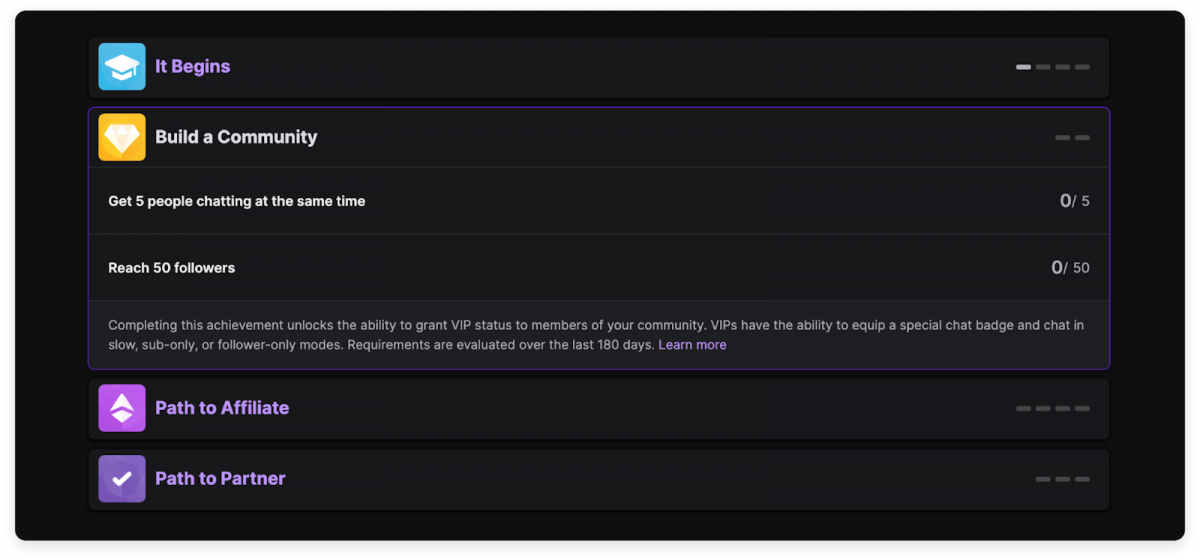
Stage 4: The Advocate (Conversion)
Who they are: Loyal customers who actively promote your brand within the community and defend it against criticism.
What they’re thinking: “This brand has made a real difference in my life and I want to help others discover it too.”
What they’re doing:
- Sharing detailed success stories
- Defending the brand against criticism or complaints
- Recommending products to new members
- Creating content about their experiences
- Referring friends and colleagues to the community
Your goal: Amplify their advocacy and provide them with tools to be effective brand ambassadors.
What you can do:
- Create official ambassador programs with rewards
- Provide them with shareable content and resources
- Feature their success stories prominently
- Give them early access to new products or features
- Offer co-marketing opportunities
What to measure: Referral conversions, user-generated content, brand mentions, testimonials
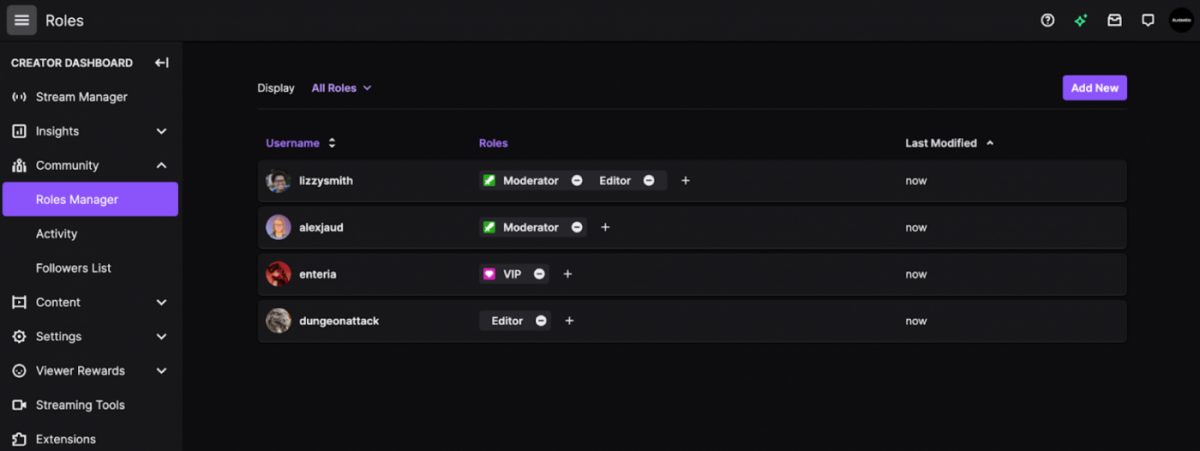
Stage 5: The Brand Ambassador (Advocacy)
Who they are: Super users who have become unofficial brand representatives, actively recruiting new members and creating content about your brand.
What they’re thinking: “I’m passionate about this brand’s success and I want to help it grow because it’s made such a difference for me.”
What they’re doing:
- Recruiting new members from their personal networks
- Creating tutorials, guides, or educational content
- Speaking at events or conferences about your brand
- Mentoring new community members
- Providing feedback on product development
Your goal: Formalize their relationship and maximize their impact as brand ambassadors.
What you can do:
- Offer formal partnership or affiliate opportunities
- Provide advanced training and exclusive resources
- Create leadership roles within the community
- Develop co-marketing partnerships
- Involve them in product development decisions
What to measure: New member referrals, content creation, speaking engagements, product feedback quality
Why Community Marketing Funnels Are Different
Unlike traditional marketing funnels, community marketing funnels are:
Non linear: Members can jump between stages or move backwards based on their experiences.
Relationship driven: Progress depends on building genuine relationships, not just consuming content.
Peer influenced: Other community members often have more influence than brand messaging.
Long term focused: The goal is lifetime value and advocacy, not just immediate conversion.
Value first: Members must receive value before they’re willing to give value back.
How to Optimize Your Community Marketing Funnel
Measure the right metrics at each stage. Don’t expect conversion metrics from lurkers or advocacy metrics from new participants.
Create stage appropriate content. Lurkers need educational content, while advocates need tools and resources to share.
Design purposeful progression. Build clear pathways that naturally move members from one stage to the next.
Personalize the experience. Different members need different approaches based on their stage and interests.
Be patient with the process. Community marketing funnels take months or years to fully develop, not weeks.
The Business Impact
Companies that optimize their community marketing funnels see:
- 40% higher customer lifetime value
- 60% lower customer acquisition costs
- 3x higher referral rates
- 50% better product market fit feedback
The key is understanding that community marketing isn’t about quick conversions. It’s about building a sustainable engine of customer advocacy that compounds over time.
Getting Started
If you’re ready to build a community marketing funnel that transforms customers into ambassadors, start by:
- Auditing your current community to identify which stage most members are in
- Creating stage-specific content that moves members naturally through the funnel
- Implementing measurement systems to track progression and identify bottlenecks
- Developing engagement strategies tailored to each stage’s unique needs
- Building ambassador programs to formalize relationships with your most passionate members
Remember: every brand ambassador started as a lurker. Your job is to create a community experience so valuable that members naturally want to progress through each stage, ultimately becoming passionate advocates for your brand.
The community marketing funnel isn’t just about converting customers. It’s about creating a movement of people who believe in your brand’s mission and actively work to help it succeed.
